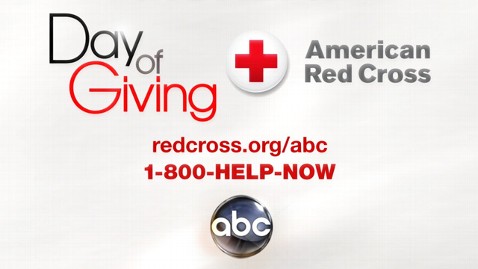 |
| Photo courtesy Mapelc |
Here’s a delightful poem by Douglas S. Jones about a bicycle
rider sharing his bike with a spider. Jones lives in Michigan
and spiders live just about everywhere. [Introduction by Ted Kooser.]
Centrifugal
Centrifugal
The spider living in the bike seat has finally spun
its own spokes through the wheels.
I have seen it crawl upside down, armored
black and jigging back to the hollow frame,
have felt the stickiness break
as the tire pulls free the stitches of last night’s sewing.
We’ve ridden this bike together for a week now,
two legs in gyre by daylight, and at night,
the eight converting gears into looms, handle bars
into sails. This is how it is to be part of a cycle—
to be always in motion, and to be always
woven to something else.
Remember--you have until 5 p.m. Eastern Time today to enter a comment for the anniversary giveaway here!











